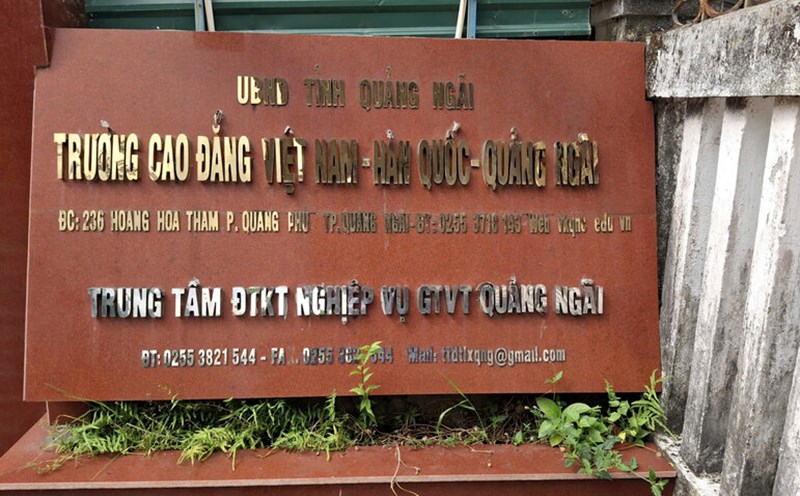In the trading session on August 13, the stock market continued to maintain its upward momentum from the beginning of the session to test the short-term resistance level of 1,610 points. At times, this threshold has been conquered and towards a stronger resistance level at 1,620 points.
When entering the price range of 1,615 - 1,620, profit-taking pressure occurred simultaneously in almost all large and small stocks. At one point, the VN-Index decreased by nearly 28 points, from an increase of nearly 9 points to a decrease of more than 19 points, down below 1,590 points.
However, many investors took advantage of fluctuations to get into the market, cash flow continuously flowed strongly, so the transaction took place vibrantly and helped the market reverse to increase points at the end of the session. At the end of the trading session on August 13, the VN-Index maintained a green increase of 3.38 points. With today's increase, VN Index has a series of 10 consecutive increases and set a new record score of 1,611.6 points.
Similar to yesterday's session, the index's momentum comes from banking stocks, in which the two most prominent stocks are MBB and CTG. The supply of interest rates, although reducing the market's excitement, has created a breakthrough in liquidity.
Meanwhile, the real estate group still witnessed big waves when there were 4 ceiling increase codes: NLG to 46,550 VND, HDG to 30,800 VND, CII to 21,850 VND, NBB to 26,550 VND at a time when profit-taking pressure suddenly appeared.
Today's session has more than 1.95 billion shares successfully matched, equivalent to a trading value of VND 55,615 billion. In the whole market, the total trading value of today's session reached nearly VND62,400 billion.
In today's session, HoSE alone has 6 stocks with trading values exceeding VND 2,000 billion, including: SSI, FPT, HPG, SHB, MSN and MBB. The negative point of the market in today's session is the net selling move of foreign investors. Statistics show that foreign investors net sold nearly VND1,500 billion on the HoSE, of which the most sold stock is still FPT with nearly VND1,100 billion.
The stock market has been in a strong wave since the bottom of April. However, at this time, there are many opinions warning investors about the story of not "taking advantage of the wave".
Looking back at the 2016 - 2018 wave period, there were 5 periods of very strong increases, from about 20 - 30% each time. After these increases, the market often has breaks, moving sideways for two weeks or more, with an average adjustment of about 10%. By 2020 - 2022, there will be about 4 very strong increases from the bottom, each increase is stronger than the previous period, with an average increase of 37 - 52%. After these waves, the market often has an adjustment period of 13 - 16%.
With the current market, investors can look back at the upward waves and adjust them later to predict when the market can adjust. Remember more than a week ago, the market experienced a decline of 60 - 70 points, many hot stocks fell to the floor price, and were sold at the end of the session.
Experts say that there are currently two round-robin areas: 1,600 points and 1,650 points. In particular, 1,650 points are also close to the road extending the peaks from 2022 - 2023 to present. These are factors that investors need to pay attention to in the upcoming period to avoid an unexpected adjustment period.
Up to now, the clearest signal that investors should monitor is liquidity. In the recent period, liquidity has reached an average record of VND56,000 billion, even more than VND80,000 billion in some sessions. These are signals that the market is entering a very high liquidity period. For a clear correction, the accumulation of liquidity lasts for 2 - 3 weeks or more. During the liquidity accumulation period, there will be high liquidity distribution sessions, the index is increasing strongly and suddenly turning down.
If these signs remain for a long time, combined with peak and slowing liquidity, it could be a sign that market cash flow is becoming cautious.











